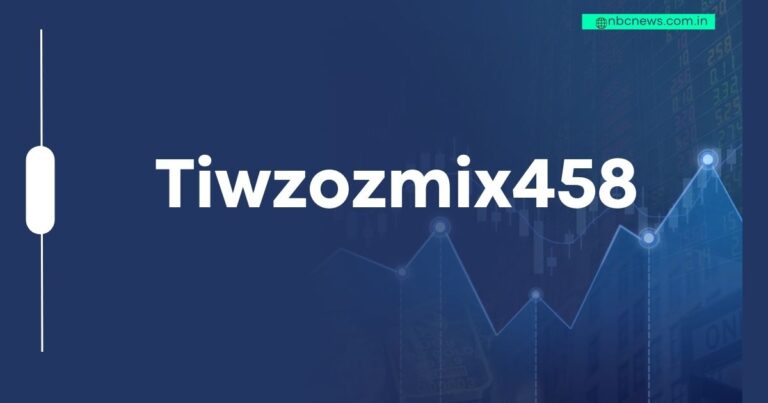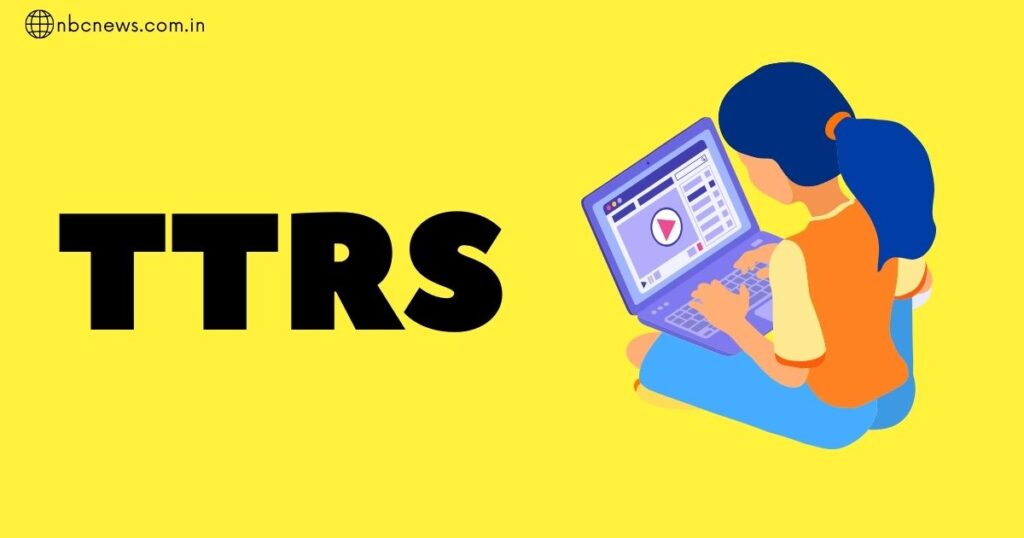Technology continues to evolve, bringing new systems, methods, and tools that influence various industries. One such system that has gained attention is TTRS. Whether used in education, finance, or other sectors, It has proven to be a valuable tool. This article explores it in depth, explaining its significance, applications, and potential benefits.
What is TTRS?
TTRS stands for a specialized system designed to enhance learning, processing, or technical efficiency. It plays a vital role in structured methodologies, often seen in education, finance, and technological frameworks. As industries become more reliant on digital tools, TTRS serves as a bridge between traditional processes and modern efficiency, providing users with a reliable system that optimizes their workflow.
The Importance of TTRS in Education
One of the most significant applications of TTRS is in education. It supports students by providing an effective method for learning and information retention. This structured approach helps learners develop essential skills through systematic training. TTRS is widely recognized as a tool that promotes engagement, allowing students to process complex subjects in a more interactive manner.
How TTRS Enhances Learning
Learning is more effective when structured properly. It helps learners by breaking down complex information into manageable sections, allowing better comprehension and retention. Studies suggest that structured learning frameworks, such as those implemented through it, enable students to retain information more efficiently and apply it practically.
TTRS and Cognitive Development
Cognitive development is essential for problem-solving and analytical thinking. It fosters cognitive growth by reinforcing knowledge through repetition and structured learning strategies. This process enables individuals to strengthen their critical thinking skills, making them more adept at handling challenges in both academic and professional settings.
The Role of TTRS in Skill Development
Skill development is a crucial part of personal and professional growth. It assists individuals in acquiring new skills through a systematic and step-by-step approach, ensuring that learning is retained effectively. This is particularly beneficial in fields requiring precision, such as finance, engineering, and computer science, where structured knowledge application is necessary.
TTRS in Financial Systems
Apart from education, It also finds applications in financial systems. It helps manage transactions, track data, and ensure accuracy in financial operations. In the financial sector, security and precision are essential, and TTRS provides a framework that enhances these critical elements.
How TTRS Improves Efficiency
Efficiency is a key factor in productivity. It contributes to efficiency by streamlining processes and ensuring systematic organization, whether in education, business, or financial management. Businesses that integrate it into their daily operations often report increased productivity and accuracy in their workflows.
TTRS and Technological Advancements
With the rise of digital transformation, It has adapted to technological advancements. It integrates with modern tools to provide more accurate and effective solutions. Automation, artificial intelligence, and cloud computing have all influenced the way it operates, making it a future-proof solution for many industries.
The Use of TTRS in Business Operations
Businesses rely on structured methodologies for success. It is used in operational management to optimize workflows, ensuring productivity and accuracy in different processes. Companies that leverage It benefit from reduced errors, improved decision-making, and enhanced strategic planning.
How TTRS Affects Decision-Making
Decision-making is critical in various fields. It supports better decision-making by organizing data, providing insights, and ensuring structured evaluation of options. Whether in a corporate setting, educational institution, or financial firm, structured methodologies enable informed decisions backed by reliable data.
The Link Between TTRS and Data Management
Data is a vital asset in today’s world. It contributes to data management by offering structured storage, retrieval, and analysis systems that improve accuracy and reliability. The integration of It in data management ensures that organizations maintain secure and efficient handling of information.
TTRS in Research and Development
Research and development rely on accurate methodologies. It supports research by providing systematic data collection and analysis techniques, enhancing results. Scientists and professionals using it benefit from a well-organized framework that enables in-depth exploration and innovative discoveries.
The Benefits of TTRS in Problem-Solving
Problem-solving requires structured thinking. It enhances problem-solving skills by offering a systematic approach to analyzing and resolving issues effectively. This can be especially useful in fields such as engineering, medicine, and economics, where logical problem-solving is a necessary skill.
The Future of TTRS
As industries evolve, the applications of it will continue to expand. The system is expected to integrate with artificial intelligence and other advanced technologies, improving its functionality. AI-powered it could bring enhanced learning experiences, real-time data processing, and increased automation, making it even more indispensable.
How TTRS is Adapting to New Challenges
Challenges require adaptation. It is continuously evolving to meet new demands, ensuring that it remains a valuable tool for different sectors. As industries face changing regulations, security concerns, and market fluctuations, It is being improved to address these emerging challenges effectively.
TTRS in Cybersecurity and Compliance
Security is a major concern in the digital world. It is playing a growing role in cybersecurity by ensuring secure data management and compliance with regulatory standards. Organizations that use it can prevent unauthorized access and maintain the integrity of sensitive information.
How TTRS Promotes Accessibility
Accessibility is crucial for inclusive learning and business operations. It enhances accessibility by providing structured content that caters to a wide range of users, including those with learning disabilities or special needs.
Conclusion
Whether applied in education, finance, or business, It remains an essential system. Its structured approach provides efficiency, accuracy, and improved learning outcomes, making it an indispensable tool in today’s world. As technology continues to advance, It will remain a vital part of modern workflows, ensuring systematic processes and effective decision-making.
FAQs
What is TTRS used for?
It is used in education, business, and finance for structured learning and efficient process management.
How does TTRS improve learning?
It provides a systematic approach to learning, enhancing retention and comprehension.
Can businesses benefit from TTRS?
Yes, businesses use it for workflow optimization and data management.
Is TTRS useful in financial systems?
Absolutely, It helps track financial data and ensures accuracy in transactions.
What is the future of TTRS?
The future of it includes integration with AI and further technological advancements to enhance efficiency.






